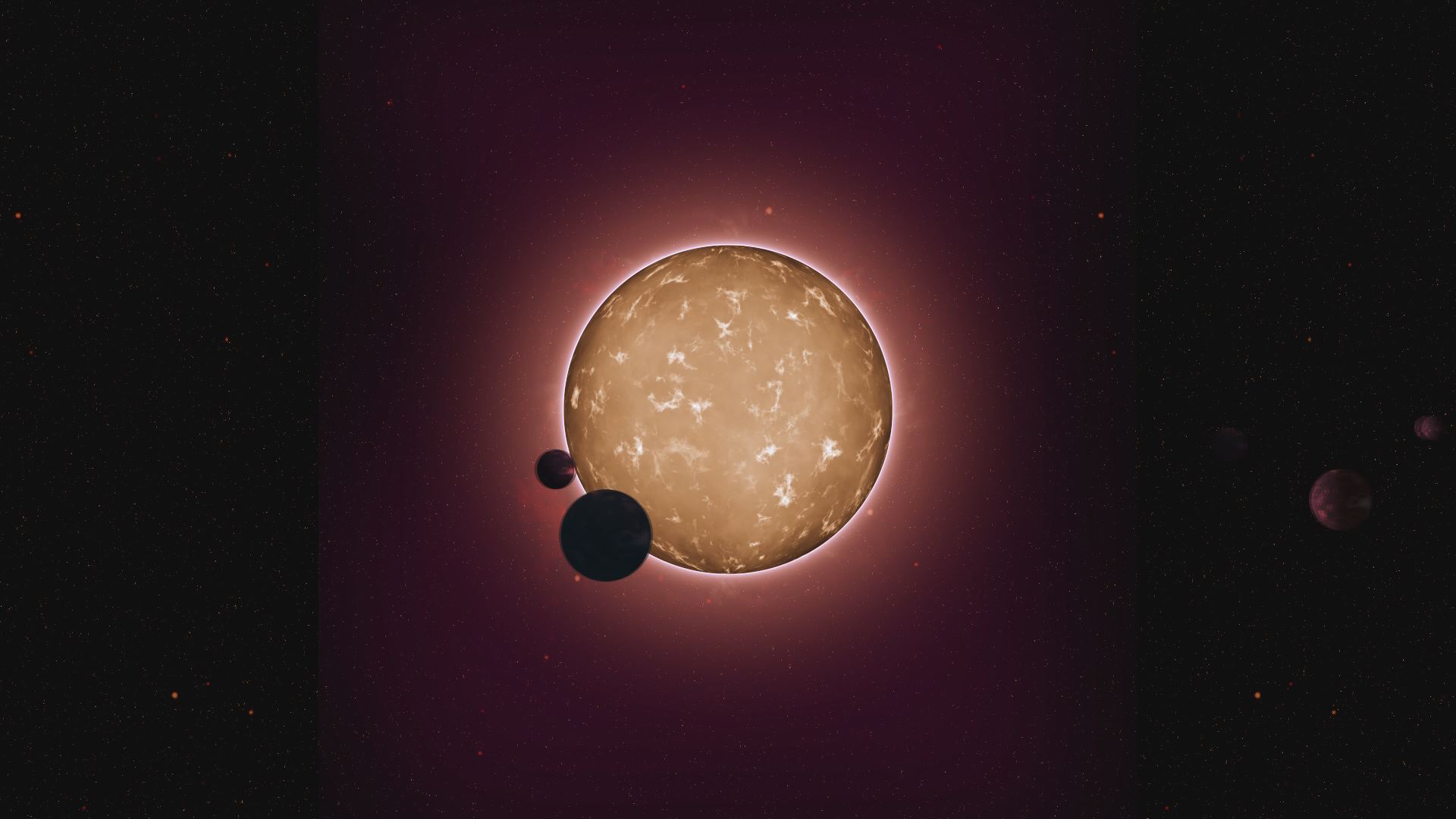BOULDER – The Kepler space telescope has discovered what is considered the oldest planetary system in the galaxy. At 11 billion years old, "Kepler-444" is being dubbed one of the biggest discoveries in the history of space science.
To say the discovery is exciting would be an understatement. Here in Colorado, astronomers and scientists are thrilled. The Space Science Institute in Boulder played a big role in helping discover the system.
"This is definitely the top discovery I've been involved in," Travis Metcalfe said. He's a senior research scientist with the institute.
The ancient extrasolar system consists of five earth-sized rocky planets.
"The biggest planet of these five is only three quarters of the size of the earth, and the smallest one is almost as small as the planet Mercury," Metcalfe explained.
Planet Earth is about 4.5 billion years old. Kepler-444 is roughly 6.5 billion years older.
"At the time the earth formed this system was already older than the earth is now," Metcalfe said.
The newly discovered system has its own sun, but it's relatively smaller and cooler than ours.
"It's about a thousand degrees cooler at the surface than [our] sun," Metcalfe said.
The galaxy has been forming earth-sized planets since nearly the beginning, increasing the chances of advanced intelligent life.
"Also, these planets orbit much, much closer to their star. So, all of these five planets would fit comfortably inside the orbit of Mercury in or solar system," Metcalfe added.
While there are still plenty of questions to be answered, what's known now is still pretty cool.
The Space Science Institute in Boulder is a non-profit research group that works with NASA. It gets some of its funding through the Adopt-a-Star program. The proceeds go completely to the Space Science Institute.
(KUSA-TV © 2015 Multimedia Holdings Corporation)


